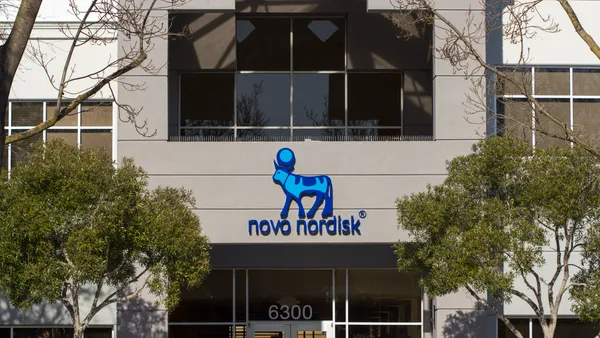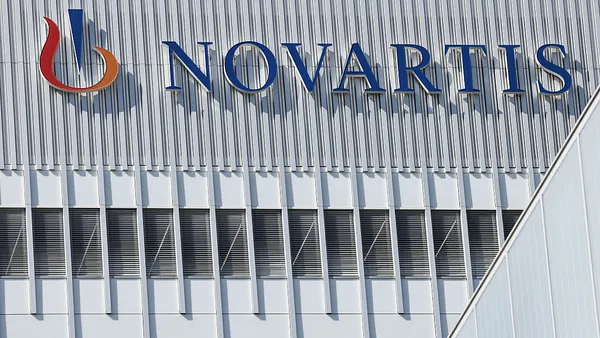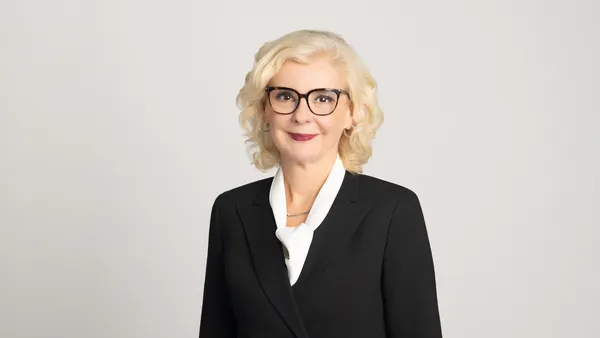Making the Ordinary Satellite Symposium Extraordinary Fission Communications Event Planning Mario R. Nacinovich Jr. Senior VP, Chief Creative Officer James A. Karcher Senior Director, Strategic Planning and Business Development Richard L. Abbot Jr. Group Business Director The live symposium is a mainstay of all well-balanced medical-education plans. The difference between an ordinary and an extraordinary symposium does not require more resources, but rather further attention to detail. There are several easy, functional action items that can drastically improve the content, the flow, and the environment of a medical-education symposium. The accreditation process of activity review has long been established to ensure that content is relevant to the unique educational needs of the intended audience. That which has been defined as “relevant” may not cause a change in physician behavior, or worse, may not be crafted and delivered in the context of “real” clinical scenarios and may not possess what has been defined recently as “humanizing” learning. While many current continuing-education symposia focus on delivering relevant content, there are many aspects in instructional design that are not being incorporated into the early stages with needs assessments, faculty selection, and content development. In creating an extraordinary symposium, providers must be guided by rigorous research and the development of a comprehensive plan for needs assessment, identify the medical leadership in a given therapeutic area that will not simply deliver relevant content but seek to achieve beyond being content experts, overcome any attitudinal barriers or learner’s resistance, and ultimately increase the likelihood that participants will learn. Technological Quicksand Poor AV is distracting and can ruin an otherwise flawless program. Effort needs to be put into developing relationships with companies that deliver high-quality AV. When using a hotel AV company, set up an onsite preconference meeting to run through the program, provide an AV schedule, and set expectations. During the program, assign a team member to sit in back of the room at the AV table to direct the program. Food, Glorious Food The meal is an important part of the educational symposium. It is a small expense to upgrade the meal and still be well within guidelines. At a recent symposium, competing with three other programs, one in the same hotel, several physicians asked what was being served for dinner. They were offered steak and salmon; the dinner next door had chicken. Needless to say, the program with the higher-end menu options was full. Your Attention, Please The slide review is a critical component to the symposium. It provides an opportunity to review the material, interact with the physicians, and ensure that everyone understands their role. This cannot happen if there is no attendance or partial attendance at the slide review. Institute a new policy regarding faculty honoraria. If a speaker is receiving a grant of $2,000, inform the faculty that they are receiving $1,500 for speaking at the program and $500 for attending the slide review. Splitting the honoraria in two parts reinforces the importance of reviewing the slides before the presentation. It’s All in the Cards There is an age-old dilemma as to what is better for the question and answer session: question cards, audience microphones, or both? Question cards are inexpensive to print and easy to distribute. Using question cards allows the chair to review the questions and facilitate the answers. A live microphone allows for a more open dialogue during the program but can lead to attendees monopolizing the floor and focusing on one issue to the detriment of others. The Devil is in the Details During a two- to three-hour program, attendees tend to get up and leave the room — often. They don’t generally take the time to open and close the doors quietly and there are few things more distracting than doors constantly banging shut. Assigning team members to stand by the doors to make sure they do not slam will help keep extraneous noise to a minimum. Proper lighting is essential; too much and the speakers are shading their eyes, too little and the back of the room can only see a silhouette at the podium. Take time before the program to check the spotlights. The Bottom Line The bottom line is content is king. With superior content and if all the details are managed, the result will be a well-orchestrated, extraordinary symposium that will be memorable for all the right reasons. Fission Communications, New York, is a full-service, global medical education company and a division of McCann-Erickson. For more information, visit fissioncommunications.com. August 2006 VIEW on Medical Education
An article from












